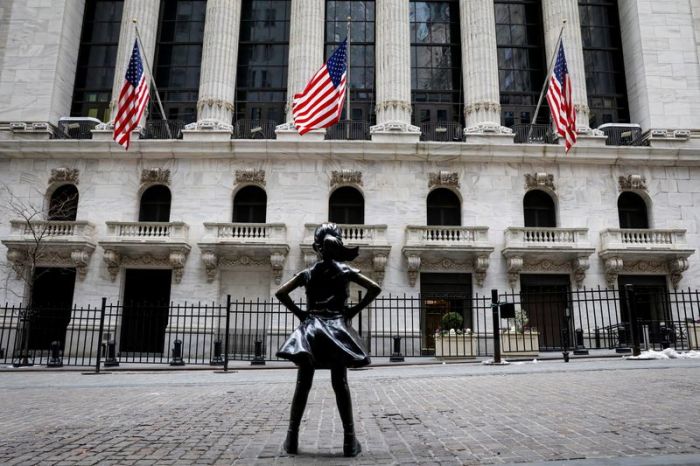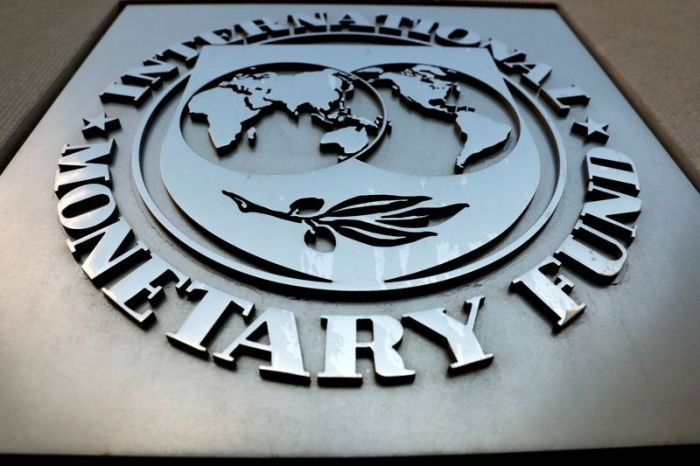NEW YORK (Reuters) – The U.S. dollar rebounded from three-week lows on Tuesday as Treasury yields hit pre-pandemic highs and bullish economic sentiment boosted investor risk appetite.
Bitcoin also surpassed $50,000 to a hit record high as it continued to gain credibility among companies and investors.
Benchmark 10-year Treasury yields touched their highest level since February 2020, adding upward pressure to the greenback as economic optimism fueled the reflation trade.
That optimism was echoed by St. Louis Federal Reserve President James Bullard, who said in an interview on CNBC that U.S. financial conditions were “generally good,” and that inflation was likely to heat up this year.
The New York Fed’s upbeat Empire State manufacturing report offered a rosier economic picture than suggested by data released last week.
“High yields are providing the dollar with a little bit of support,” said Shaun Osborne, chief FX strategist at Scotiabank in Toronto. “But a lot of folks believe rising yields are going to be accompanied with higher inflation.”
“I’m not sure today’s action is telling us a lot about the overall trend,” Osborne added. “I think the dollar is likely to trade more softly going forward.”
Against a basket of its rivals, the dollar gained 0.21% to 90.508, after earlier falling to 90.117, its lowest level since Jan. 26.
Bitcoin breached $50,000 to touch an all-time high of $50,602, but had last pulled back to $48,675.18. The world’s largest cryptocurrency has risen around 68% so far this year, boosted by Tesla Inc’s announcement that it had bought $1.5 billion in bitcoin.
Despite bitcoin’s rally, Osborne was skeptical.
“As larger corporations take an interest it does give it more legitimacy, but it still seems like a speculative, retail trade at this point,” he said.
The euro reversed its gains against the strengthening dollar and was last down 0.10%. Rising oil prices briefly lifted the Canadian dollar and Norwegian crown.
The dollar also gained on the safe-haven Japanese yen, which fell through its 200-day moving average against the dollar and struck multiyear lows against the euro, Aussie and Swiss franc.
Sterling pared its gains against the dollar, and was last essentially flat against the greenback after touching its highest level since April 2018 due to Britain’s vaccine rollout progress.
The risk-sensitive Australian dollar briefly hit a one-month high of $0.7805 and the kiwi touched a five-week peak of $0.7268, before retreating.
(GRAPHIC: Monthly FX performance Feb 2021 – https://fingfx.thomsonreuters.com/gfx/mkt/xklpyodjopg/Monthly%20FX%20performance%20Feb%202021.JPG)
(Reporting by Stephen Culp; editing by Jonathan Oatis)
























